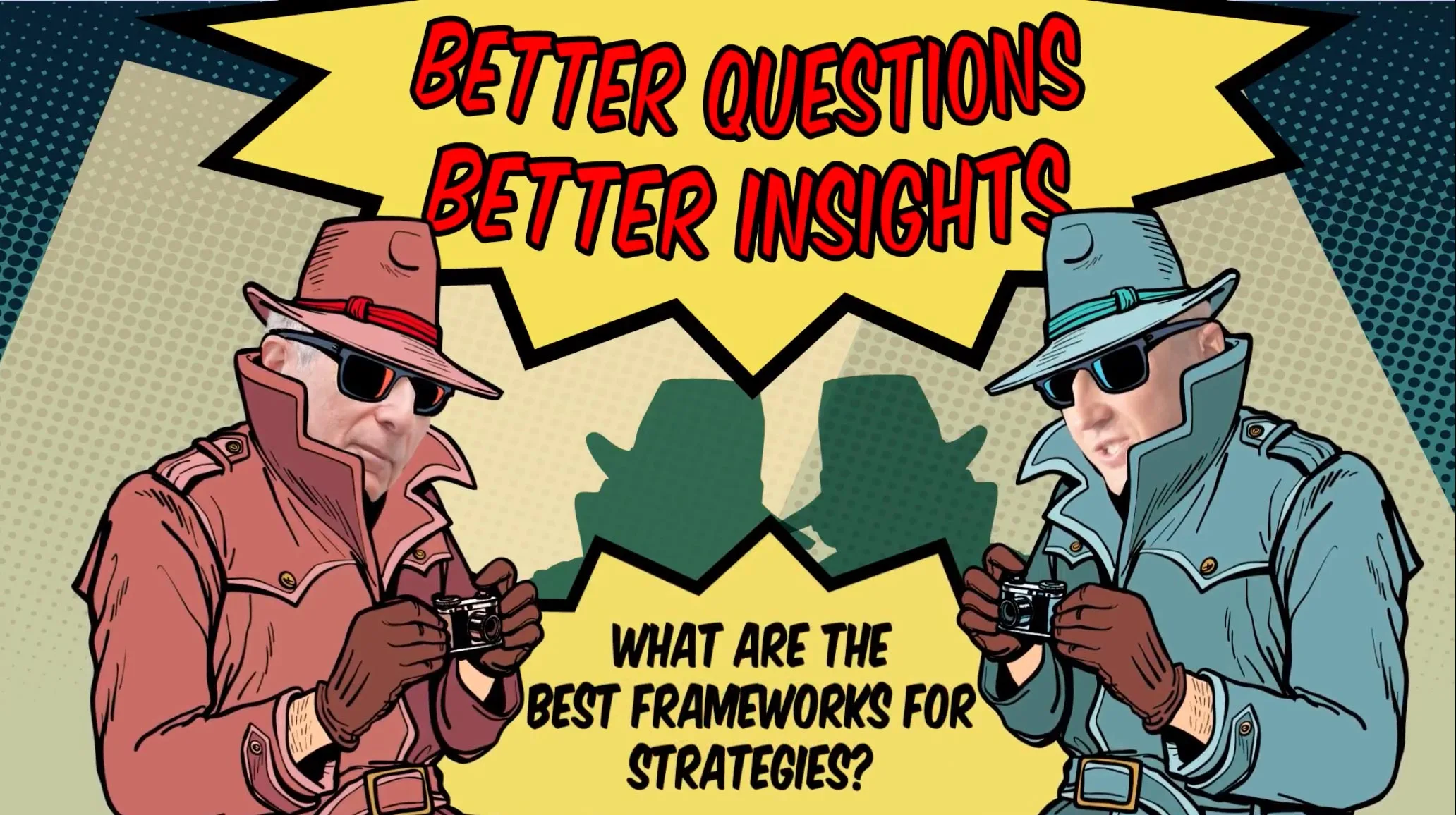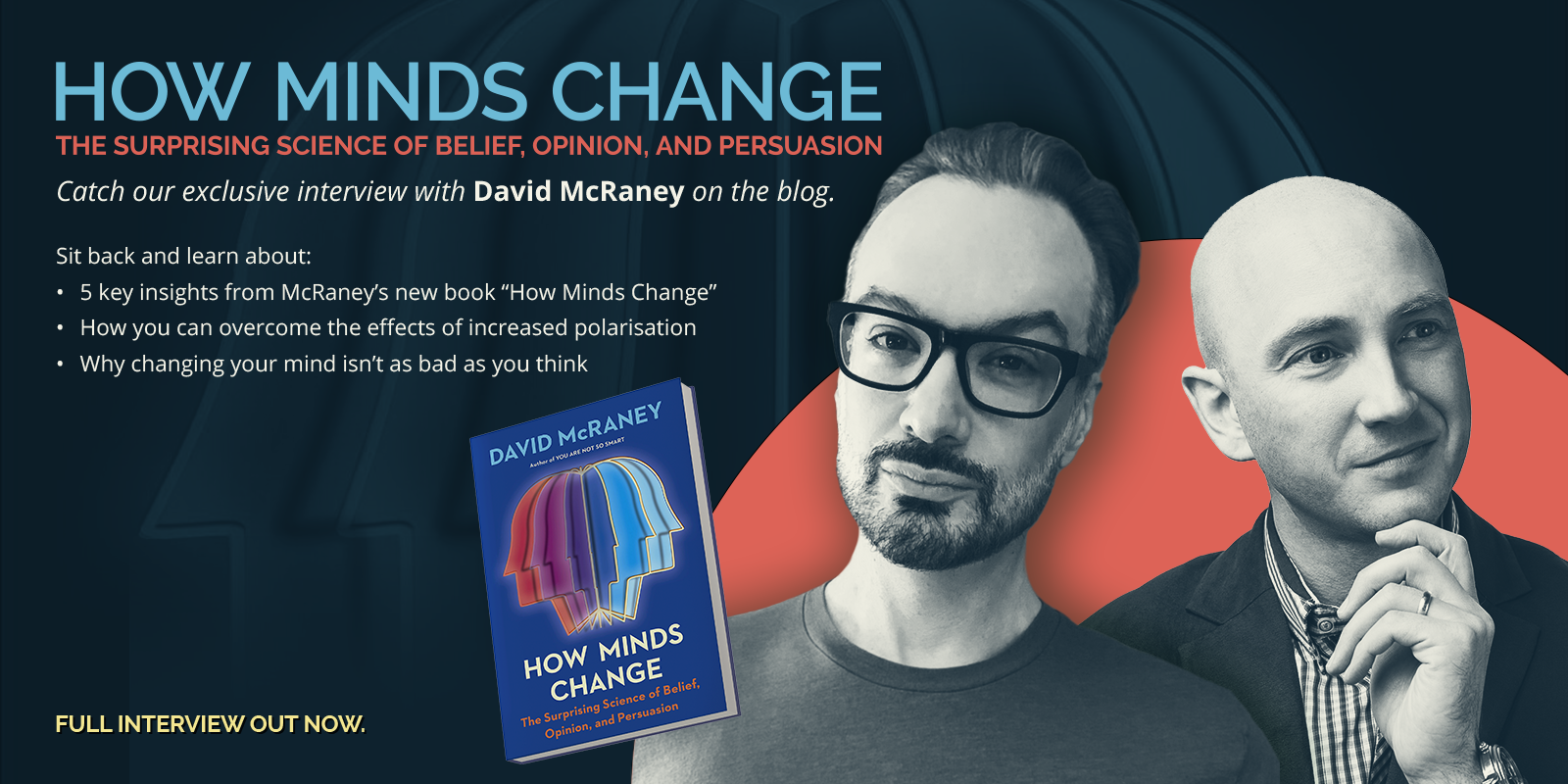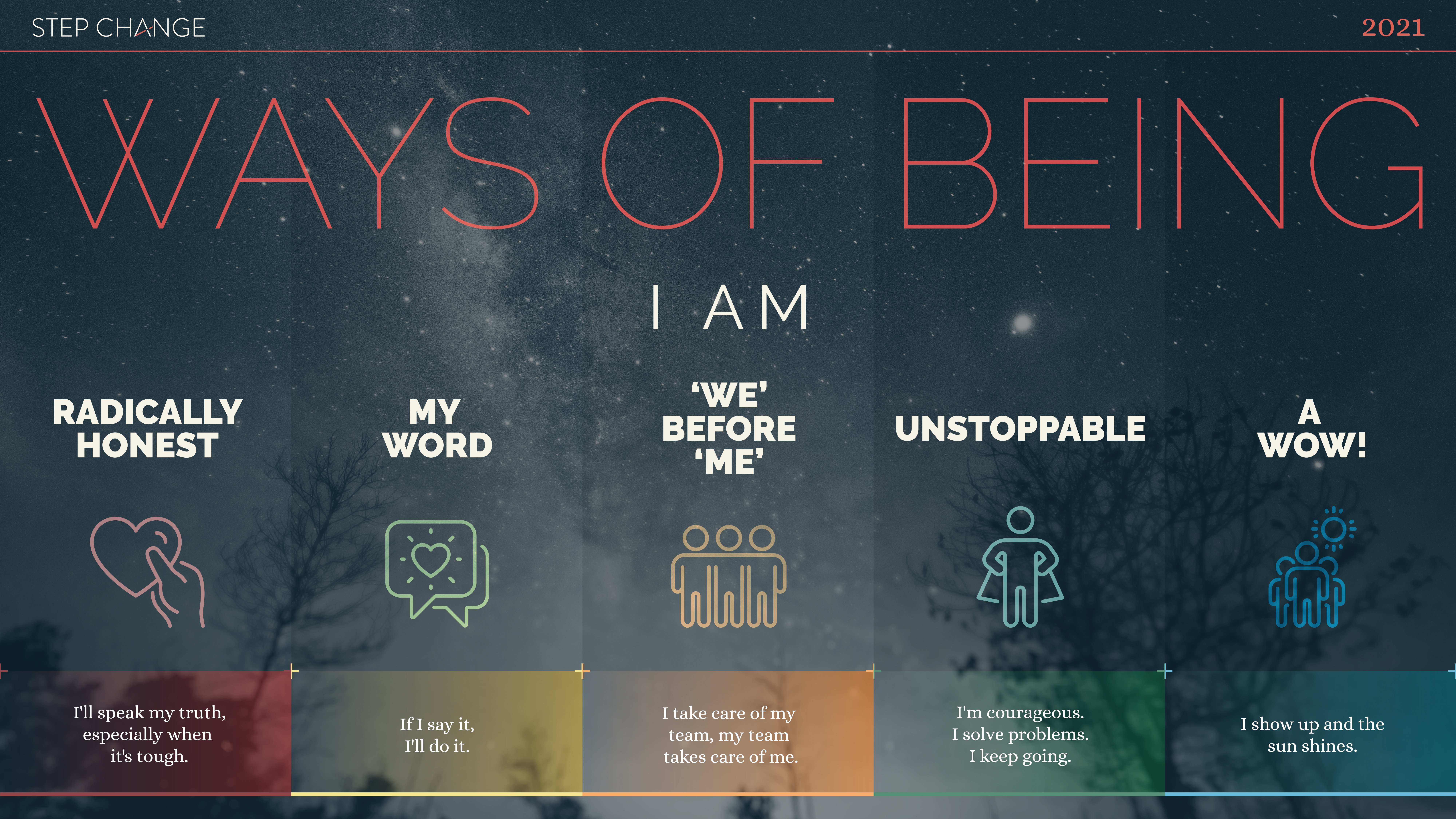How people experience a brand largely impacts their loyalty. No wonder a lot of businesses consider customer experience very important. The challenge is, in the age of digital revolution, customers’ expectations are set high up there. So how can businesses meet the demand for a remarkable customer experience?
Enter a new technology called augmented reality.
What Is Augmented Reality?
In a nutshell, augmented reality (AR) is a technology that enhances a real, physical environment by overlaying virtual objects or information onto a screen in real-time through displays like your smartphone or Hololens.
Let’s say you found a cool office desk in IKEA. But before you decide to buy it, you want to know if it’s actually perfect for your office. With augmented reality, it’s now possible to check if the desk looks good on your office — without even leaving the comfort of your home.
What’s In It for Marketers?
More innovative marketers are now turning to augmented reality. It has the power to (1) transform a rather ‘normal’ customer experience into a remarkable, even unforgettable, one; (2) address customer pain points that were impossible to solve ages ago; (3) and remove the uncertainty factor for potential online buyers by making products virtually tangible.
These factors can undoubtedly influence a person’s decision to buy, thus pushing the buyer further down into the marketing funnel.
Here are three businesses that used augmented reality to improve their customer experience.
1. Taking Jewellery Fitting to the Next Level with De Beers
De Beers is a mining company that used augmented reality so people can ‘try on’ their branded diamond, Forevermark. All they had to do was print and cut an image per instruction. Bringing the cutout image to the webcam, it would then be transformed into a real piece of jewellery.
What this means for you: If you are a business that sells or displays products online, AR technology will be an advantage to you. Online customers find it difficult to imagine how a piece of clothing or jewellery or a cosmetic would suit them. AR allows businesses to overcome this challenge. This is highly valuable as it makes the purchase decision simpler and easier for customers.
2. Providing Real-Time Information on Hand with St George Bank
St George Bank built an app called Housefinder, which allows users to find a property that’s for sale or for rent and get real-time data.
What this means for you: AR simplifies processes and provides information in real-time. In this case, it can solve a potential buyer’s dilemma in house-hunting — even before they get to speak with a real-estate agent, they already know which house is for rent, how many rooms there are, and how much it costs.
3. Creating Hair-Raising Moments at Sky Austria
To promote the TV series The Walking Dead, marketers over at Sky Austria in Vienna and an ad firm transformed an ordinary tram stop into a “Scary Shelter”. Watch their award-winning marketing campaign here:
What this means for you: AR offers new, more innovative ways for brands to increase top-of-mind awareness and create remarkable experiences.
Conclusion
Augmented reality has paved the way for brands to improve their customer experience strategies more than conventional methods can offer. This has allowed brands to simplify their buyer’s journey, provide real-time information, and increase people’s awareness of their product — all so they can stand out and delight customers.
Have a look at your business. In what ways can you improve your customers’ experience with your product or service? How can augmented reality play a role in this?
Related Article
 Adam Long is the Executive General Manager at Step Change. With a degree in Industrial Design, Adam has been trained to look at problems from unique angles and create solutions that are simple, effective and always innovative. He brings this innovation focus and clarity of vision to his role as the Executive GM of Step Change, building strategies for the likes of Sony Pictures Home Entertainment, Amber Tiles, and HP.
Adam Long is the Executive General Manager at Step Change. With a degree in Industrial Design, Adam has been trained to look at problems from unique angles and create solutions that are simple, effective and always innovative. He brings this innovation focus and clarity of vision to his role as the Executive GM of Step Change, building strategies for the likes of Sony Pictures Home Entertainment, Amber Tiles, and HP.
















